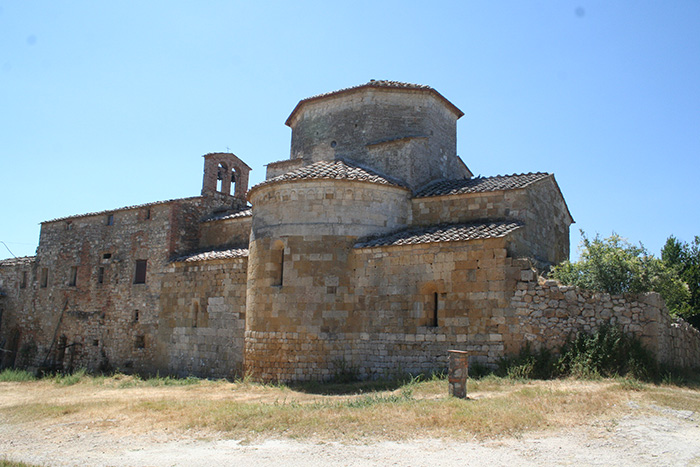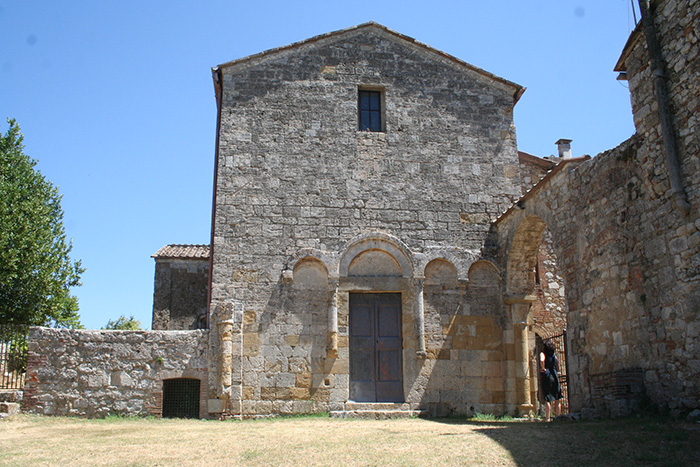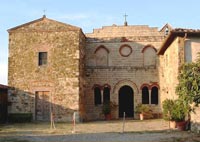| |
|
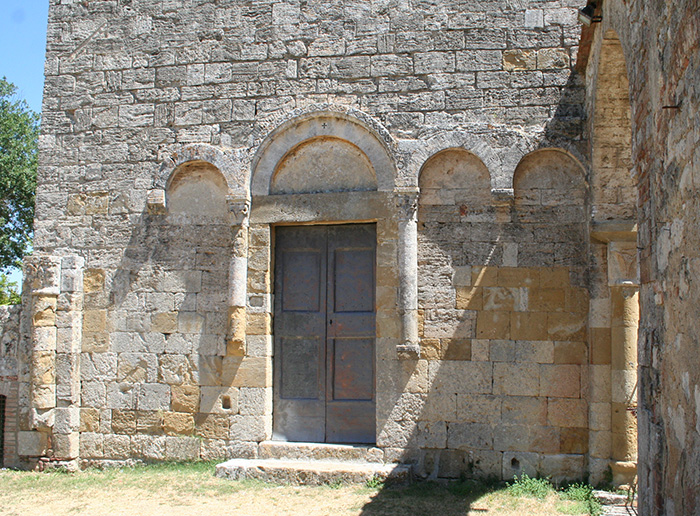 |
The Abbey of Santa Maria Assunta in Conèo, façade
|
|
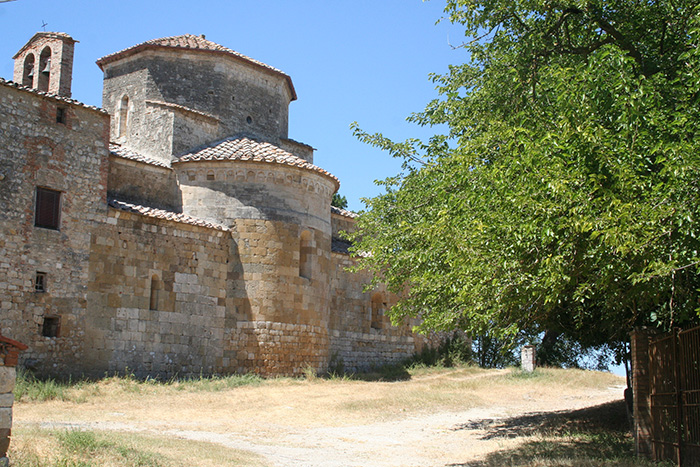 |
The Abbey of Santa Maria Assunta in Conèo, absis
|
Interior
|
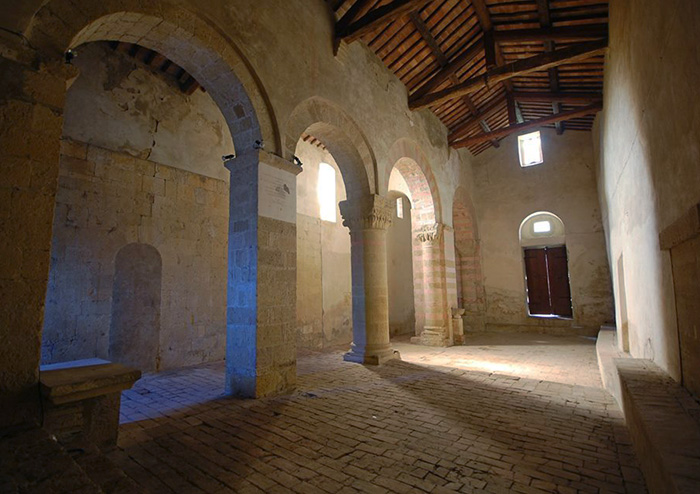 |
The Abbey of Santa Maria Assunta in Conèo, interiore
|
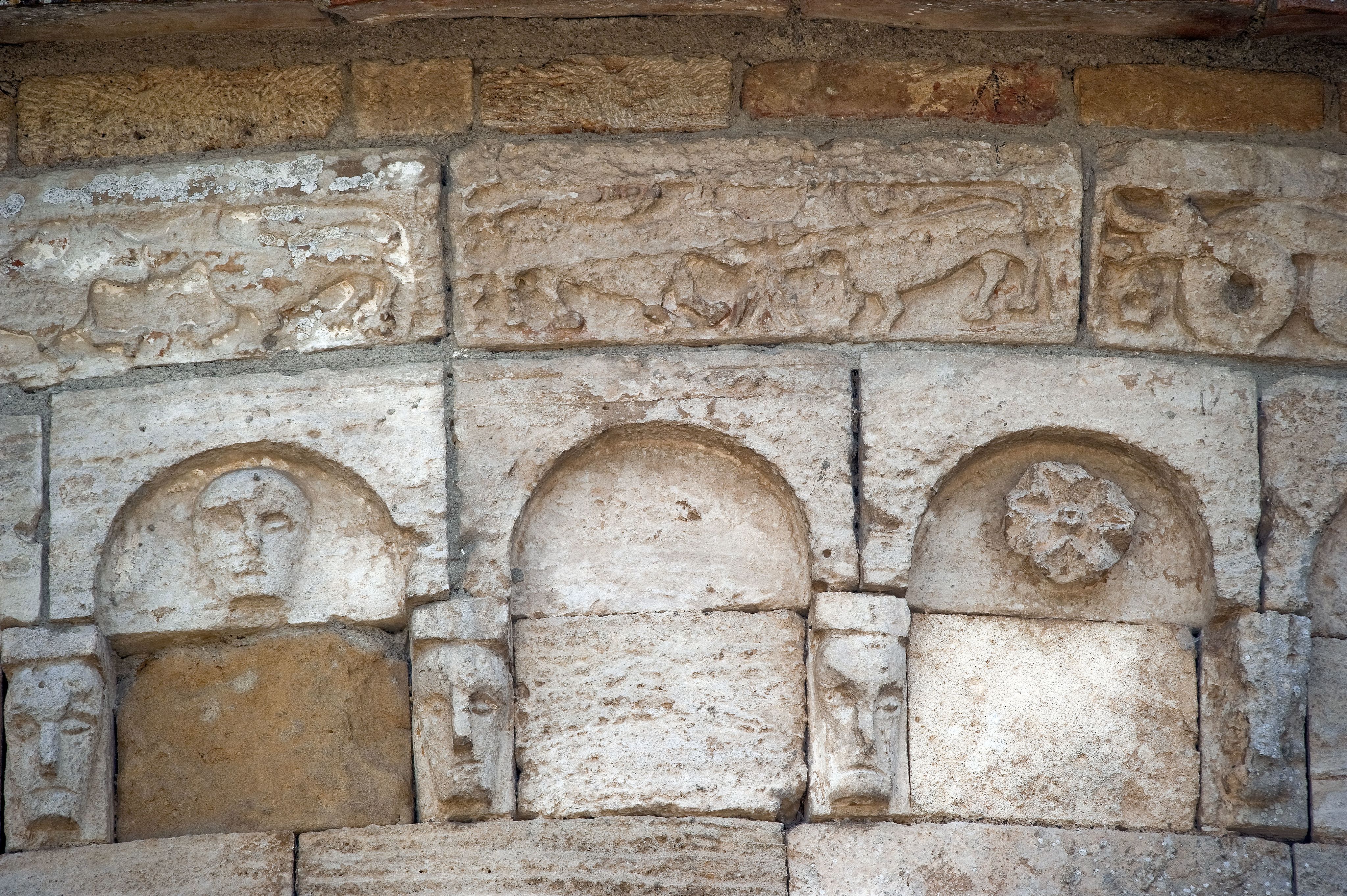 |
Decoration of thel tiburi, Abbazia di santa Maria Assunta a Conèo, Colle Val d'Elsa[0]
|

[0] Photo: Vignaccia76
[00] Photo: Sailko
[1]
[2] Source: Terre di Siene | www.terresiena.it
|
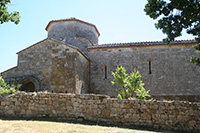
The Abbey of Santa Maria Assunta, a Romanesque church in the surroundings of Colle Val d'Elsa
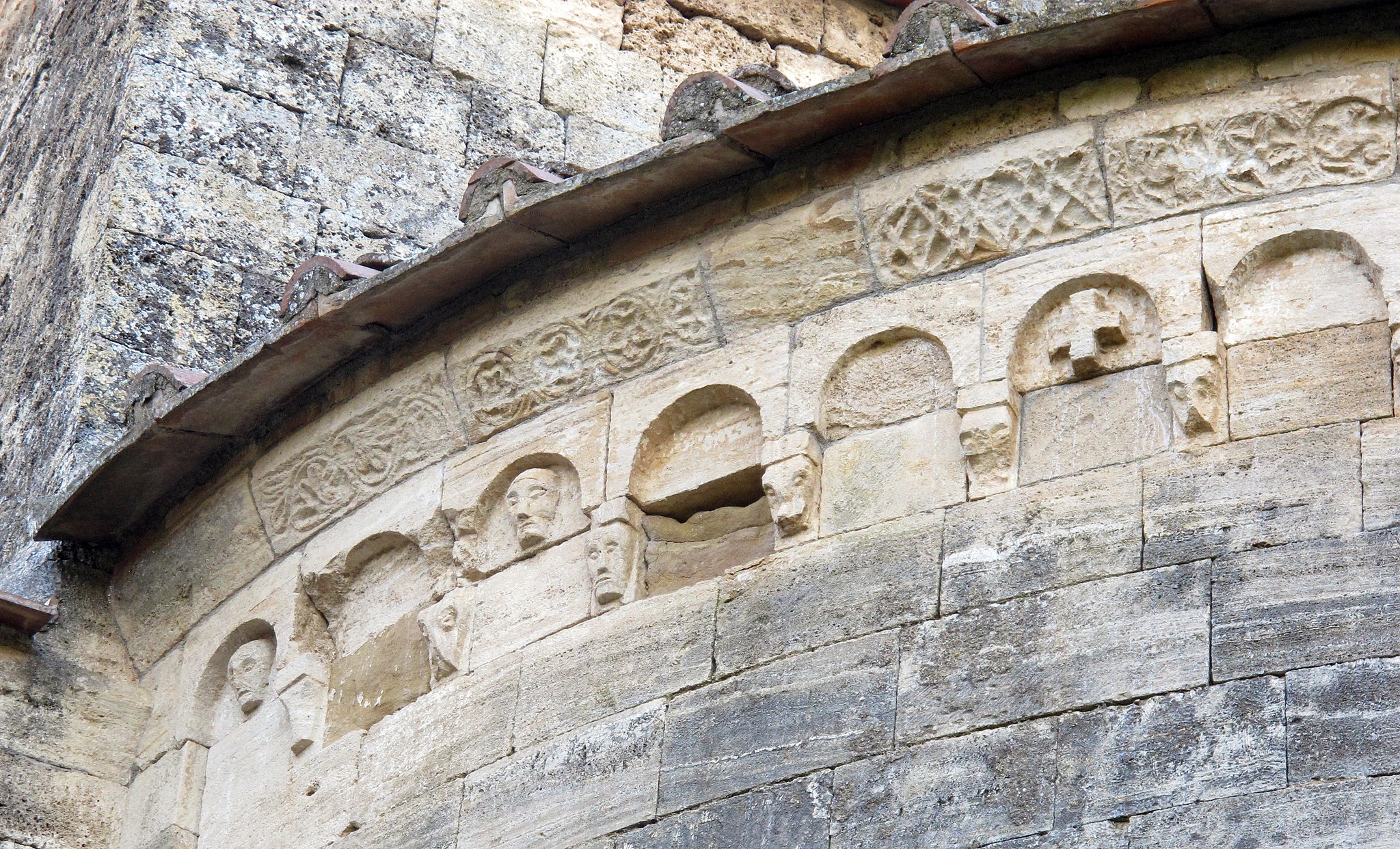
The Abbey of Santa Maria Assunta[00]

The Abbey of Santa Maria Assunta, [00]
|
|

Capital of a column, The Abbey of Santa Maria Assunta, Colle Val d'Elsa , Siena[0]
|
|

Capital of a column, Badia a Conèo, Colle Val d'Elsa, Siena[0]

The Abbey of Santa Maria Assunta, Colle Val d'Elsa[00]
|
Mappa della Badia a Conèo , Colle Val d'Elsa (Siena)
|
|
|
|
Aggrandire mappa
|
Indirrizzo
Badia a Conèo. La chiesa romanica si trova tra Casole d'Elsae Colle Val d'Elsa
Loc. Badia a Coneo - 53034 Colle di Val d'Elsa (SI)
Coordinate:  43°23′56.88″N 11°04′21.89″E (Mappa) 43°23′56.88″N 11°04′21.89″E (Mappa)
|
|

Via Francigena track 10 San Gimignano - Monteriggioni | 29.8 km | 7.30 hours
Start: San Gimignano, Piazza della Cisterna
Arrival: Monteriggioni, Piazza Roma
How to get to the starting point:
Linea ferroviaria Firenze-Siena, stazione di Poggibonsi, autobus Train-linea 133 per San Gimignano
One of the most beautiful stretches of the Via Francigena. We leave San Gimignano through the Porta San Giovanni gate, heading towards the Benedictine abbey of Monte Oliveto Minore. Continuing towards the village of Santa Lucia, we cross a ford and, after travelling up a deep valley, we come to Montalto castle. After crossing another ford, we climb towards
Torraccia di Chiusi, the tower castle of the Abbracciabeni family. We then descend,
crossing the River Foci, to Molino d'Aiano, which was home to one of the stations mentioned by Sigeric (See Martin in Fosse). The itinerary continues along a tree-lined road as far as Badia a Conèo, a Lombard abbey which once belonged to the Vallombrosan monks. We cross the villages of Quartaia and Fabbrica, passing below Once and in front of Calcinaia Mill, and come to the ford over the River Elsa at the level of Gracciano, where the Ailsa station was
located. A little further ahead are the “Bagni delle Caldane”, pools which date back to the Etruscan-Roman period. The road heads towards the fortified village of Strove, built in 994 by the lords of Staggia, and towards Petraia Castle.
Walking along an ancient wall, we come to Badia a Isola, an important monastery built in the 10th century, which Sigeric called the Burgenove station. Finally, we come to Monteriggioni castle, a citadel fortified by the people of Siena in 1213 against the advance of the Florentines. Its perimeter walls still look like a crown of towers today. Water and refreshment points are available in the villages and towns only.
Walking in Tuscany | The Via Francigena | From San Gimignano to Monteriggioni (rmaps and description)
|

Tuscany Holiday Homes | Vacation Home to Rent in Tuscany | Podere Santa Pia
|
|
|
|
|
|
Podere Santa Pia |
|
|
|
Pieve di San Cresci at Monteficalle |
| |
|
|
|
|
 |
| |
Wikimedia Commons contiene immagini o altri file sulla Abbazia di Santa Maria Assunta a Conèo |
|
|
